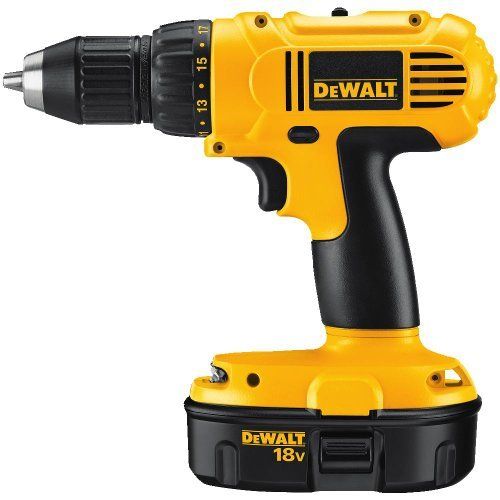
Breaking Barriers: Unveiling the Optimal Applications of Hammer Drills and Compatible Materials
Hammer drills have revolutionized the world of construction by providing a versatile tool capable of tackling various materials. In this detailed exploration, we delve into the question, What material is a hammer drill best suited for? Unraveling the unique features and capabilities of hammer drills, we aim to guide both professionals and DIY enthusiasts in optimizing their drilling experiences.
- Understanding the Anatomy of a Hammer Drill:
- Rotational and Hammering Action: Explaining the dual functionality of hammer drills, where the rotary motion is combined with a hammering or pounding action.
- Impact Energy: Delving into the concept of impact energy and its role in determining the drill's effectiveness on different materials.
- Materials Ideal for Hammer Drilling:
- Concrete: Analyzing why hammer drills excel in concrete drilling, emphasizing their ability to pulverize tough surfaces and the types of bits suitable for the job.
- Masonry: Exploring how hammer drills are a go-to choice for masonry work, showcasing their effectiveness in brick and stone applications.
- Tile and Ceramics: Discussing the precision of hammer drills when working with delicate materials like tile and ceramics, emphasizing the need for specialized bits.
- Adapting to Wood and Metal Applications:
- Wood: Evaluating the suitability of hammer drills for wood applications, including considerations such as speed settings and bit choices.
- Metal: Discussing the limitations of hammer drills on metals, emphasizing their effectiveness on softer metals and providing insights into choosing the right bits.
- Selecting the Right Hammer Drill for the Job:
- Power and Speed Ratings: Exploring how the power and speed ratings of a hammer drill impact its performance on different materials.
- Ergonomics and Handling: Discussing the importance of ergonomic design for user comfort during prolonged drilling sessions.
- Tips for Optimal Performance:
- Proper Bit Selection: Offering guidance on choosing the right drill bits for specific materials, considering factors such as composition and hardness.
- Cooling Mechanisms: Highlighting the significance of allowing the tool to cool down during extended use to prevent overheating.
- Considerations for Heavy-Duty Applications:
- Depth and Diameter Requirements: Addressing the suitability of hammer drills for heavy-duty applications, such as drilling deep holes or larger diameters.
- Vibration Control: Discussing the importance of vibration control mechanisms to enhance operator comfort and reduce the risk of injuries.
Conclusion:
In the realm of construction, a hammer drill emerges as a versatile ally, capable of conquering various materials with precision and power. This comprehensive guide aims to empower users with the knowledge needed to leverage the full potential of hammer drills across different applications, ensuring optimal performance and efficiency on the job site.